When it comes to choosing the best diet for your cat, one common question keeps popping up: Is wet cat food the right choice for your feline’s health and happiness? Whether you're a first-time cat owner or a seasoned pet parent, understanding the pros and cons of wet food can make all the difference in your cat’s well-being.
Let’s dive into the benefits, drawbacks, and expert-backed advice on feeding your cat wet food.
Why More Pet Owners Are Switching to Wet Cat Food
Wet cat food, often sold in cans or pouches, is packed with moisture, rich in protein, and more palatable than dry kibble. Here are some reasons why cat owners are opting for wet food:
1. Hydration Boost
Cats naturally have a low thirst drive, and wet food helps keep them hydrated, especially important for urinary tract and kidney health.
2. Better Taste and Texture
Most cats find the texture and aroma of wet food more appealing than dry food, leading to better mealtime enthusiasm.
3. Higher Protein, Lower Carbs
Wet food typically contains higher amounts of quality animal proteins and fewer fillers, aligning with your cat’s natural carnivorous diet.
4. Ideal for Picky or Senior Cats
Older cats or those with dental issues may struggle with hard kibble. Wet food is softer and easier to eat.
Things to Consider Before Making the Switch
While wet cat food has many benefits, it also comes with a few considerations:
-
Cost: Wet food is generally more expensive than dry food.
-
Storage: Opened cans must be refrigerated and used within 24–48 hours.
-
Dental Health: Wet food alone doesn't help clean teeth, so regular dental care or dry kibble supplementation may be needed.
How to Transition Your Cat to Wet Food
Transitioning your cat’s diet should be done slowly to avoid digestive upset. Here’s a simple 7-day plan:
| Day | Wet Food | Dry Food |
|---|---|---|
| 1–2 | 25% | 75% |
| 3–4 | 50% | 50% |
| 5–6 | 75% | 25% |
| 7 | 100% | 0% |
Always monitor your cat’s appetite, stool quality, and energy level during the transition.
Frequently Asked Questions
Q: Is it OK to feed cats wet food every day?
A: Yes. Many vets recommend feeding wet food daily, especially for hydration and urinary health. Just ensure it's complete and balanced for your cat’s age.
Q: Can I mix wet and dry food together?
A: Absolutely. Mixing the two can offer the benefits of both—hydration from wet food and dental crunch from kibble.
Q: How much wet food should I give my cat?
A: It depends on your cat’s weight, age, and activity level. As a general guide, an average 10-pound cat may need one 5.5 oz can per day, split into two meals. Always check the feeding guidelines on the label.
Q: What’s the shelf life of opened wet cat food?
A: Once opened, store it in the refrigerator and use it within 24–48 hours to maintain freshness and safety.
Final Thoughts
If you want to give your cat a tasty, hydrating, and protein-rich diet, wet cat food is an excellent choice. It may cost more, but the health benefits—especially for picky eaters, seniors, or cats with urinary concerns—often outweigh the price tag.
As with any pet food, choose high-quality brands with real meat, avoid artificial additives, and consult your vet to tailor the diet to your cat’s specific needs.
Helpful Notes
-
Look for labels that state “complete and balanced” from AAFCO (Association of American Feed Control Officials).
-
Avoid ingredients like meat by-products, artificial colors, and preservatives.
-
Warm the food slightly to enhance aroma and appeal, especially for fussy eaters.
-
Keep bowls clean—wet food can spoil quickly if left out too long.

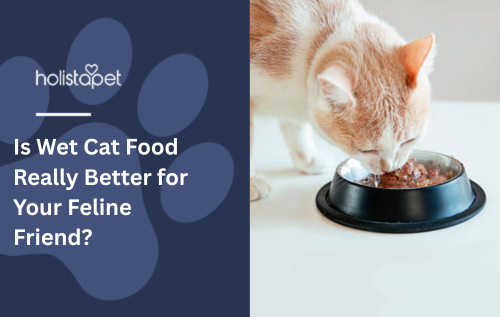
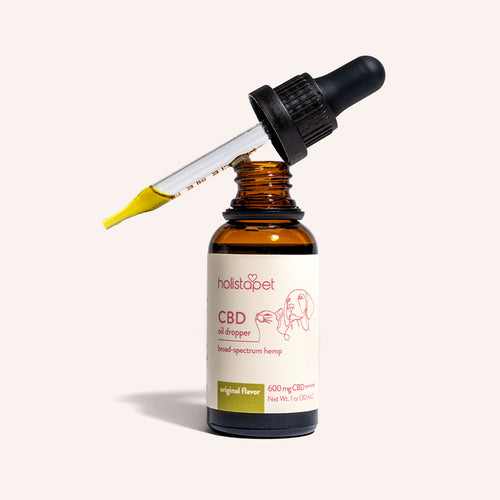 CBD Oil for Cats - Fast Acting
CBD Oil for Cats - Fast Acting
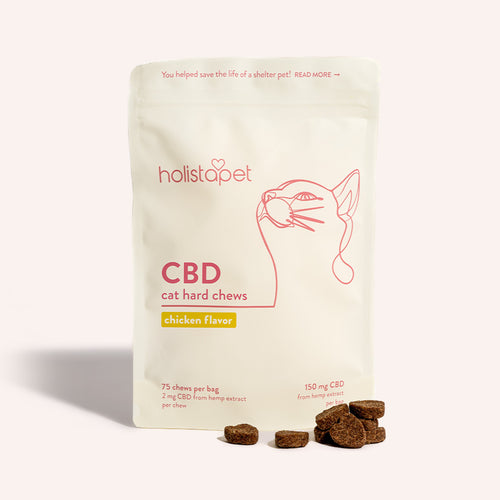 CBD Cat Treats - Easy Dose
CBD Cat Treats - Easy Dose
 CBD Calming Chews for Cats - Highly Rated
CBD Calming Chews for Cats - Highly Rated
 CBG Oil for Dogs and Cats - Loved by Thousands
CBG Oil for Dogs and Cats - Loved by Thousands


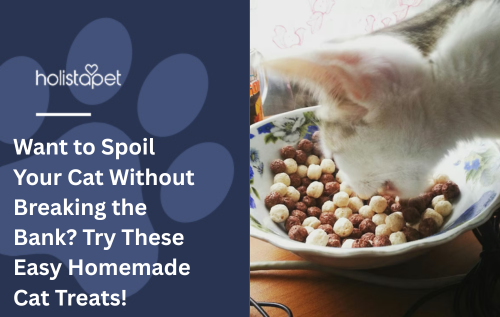
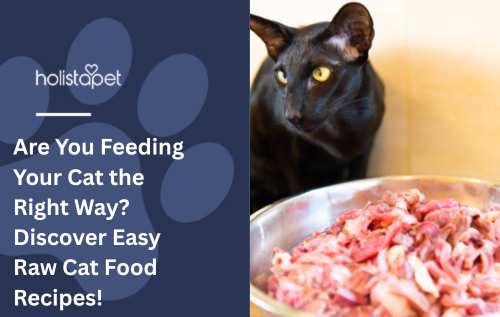

Leave a comment
This site is protected by hCaptcha and the hCaptcha Privacy Policy and Terms of Service apply.